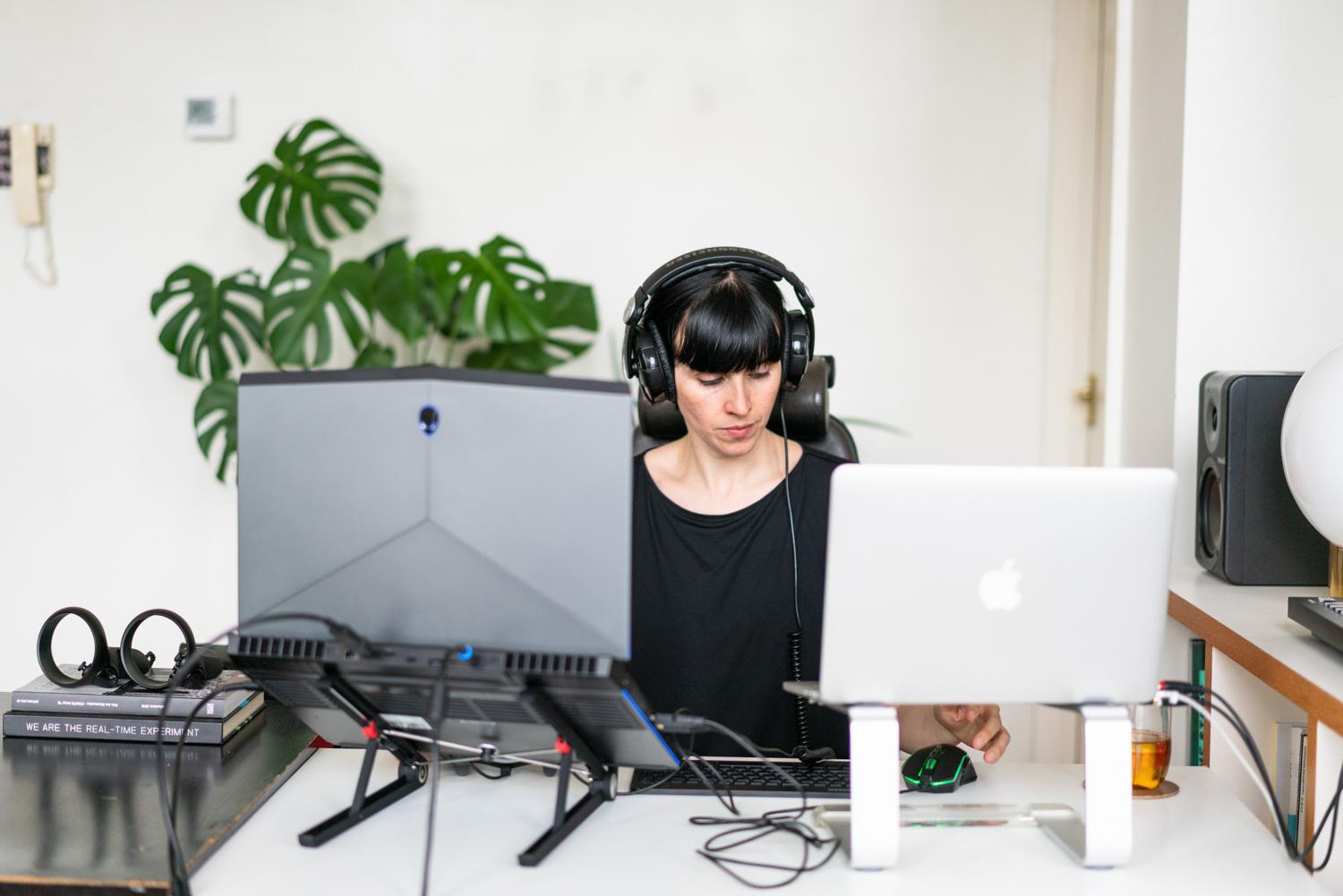
EIGE interviewed ICT companies across the EU-28 and examine initiatives to bring in and retain more women. Currently, only some 17% of ICT professionals in the EU are women. Our research found that the most effective methods for bringing women into ICT include a mixture of work-life balance measures, awareness campaigns, and programmes specifically targeting women and girls.
EIGE’s research has been condensed into two factsheets; a business case outlining how companies can bring in more women, including a work-life balance checklist; and examples of good practice from 10 different ICT companies in the EU.
Women face a range of hurdles in the ICT sector. Though they tend to be more highly qualified than their male counterparts, they occupy less senior positions. Women are also held back by housework and family care duties, which eat into time needed to upgrade technical skills. Gender stereotypes further serve to freeze women and girls out of this important and growing field.
However, ICT jobs offer favourable working conditions for both women and men, such as flexible working hours and high salaries. Furthermore, with forecasts showing that the EU will face a shortage of some 700,000 ICT professionals by 2020, it is imperative the sector takes action to bring in more women. This would both unleash women’s potential and increase the EU economy’s competitiveness.
For more information, please contact Veronica Collins, phone +370 5 2157 449, veronica.collins@eige.europa.eu
Further reading
Online toolkit: Work-life balance in the ICT sector
Factsheet: Work-life balance in the ICT sector
Factsheet: Good practices
Follow us on Facebook and Twitter for more updates and news
Subscribe to our newsletter